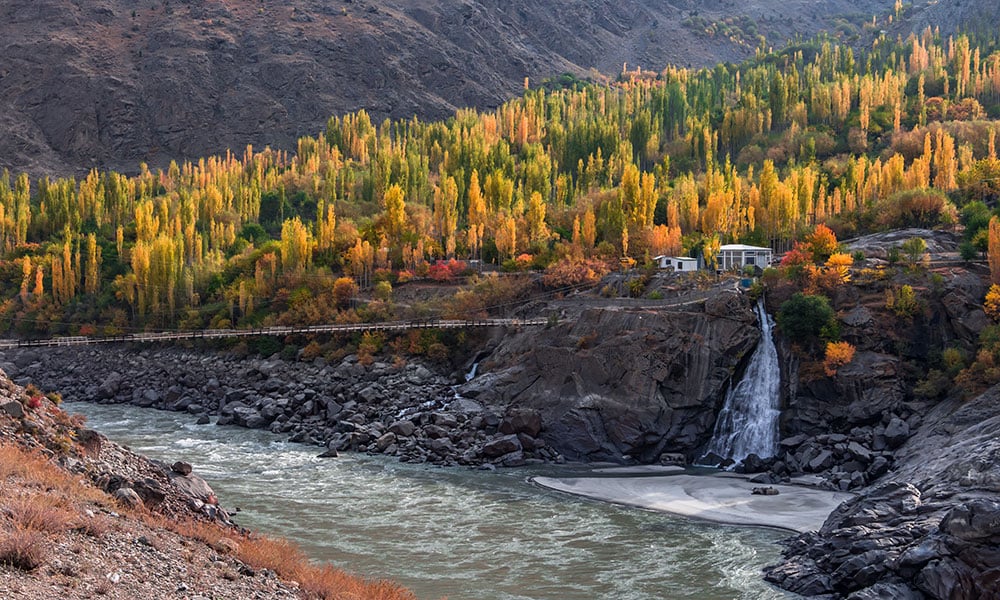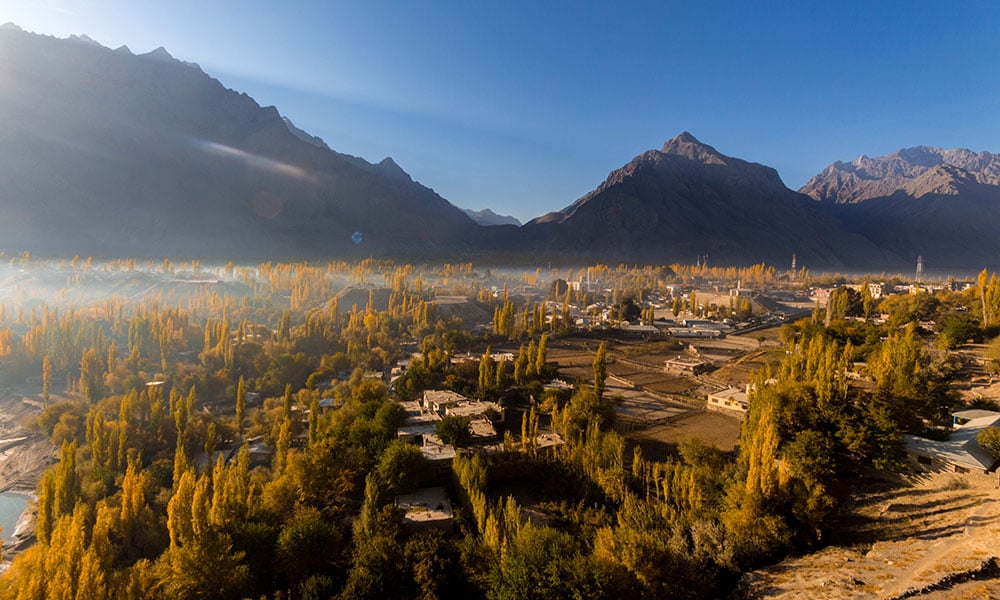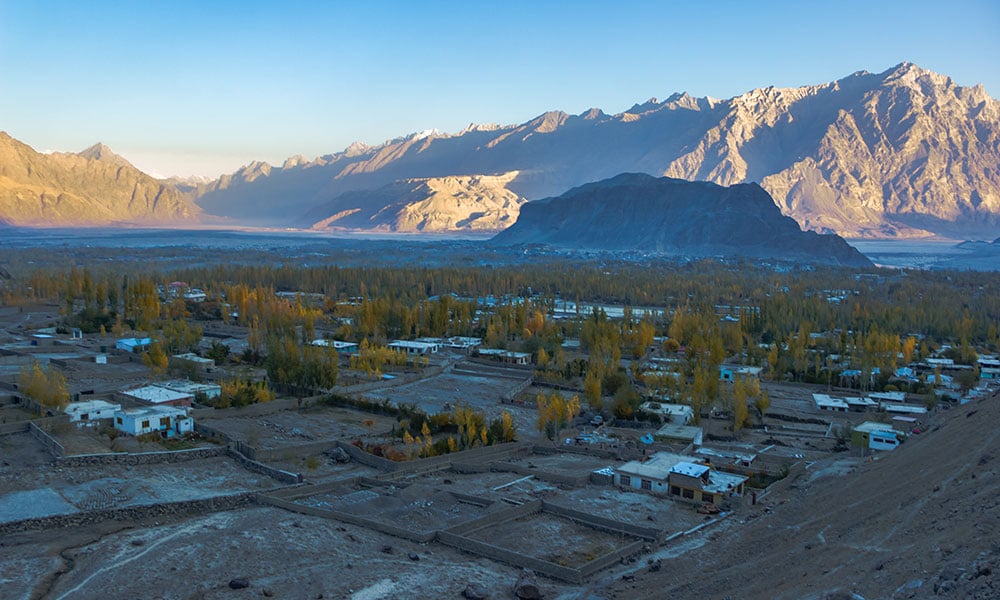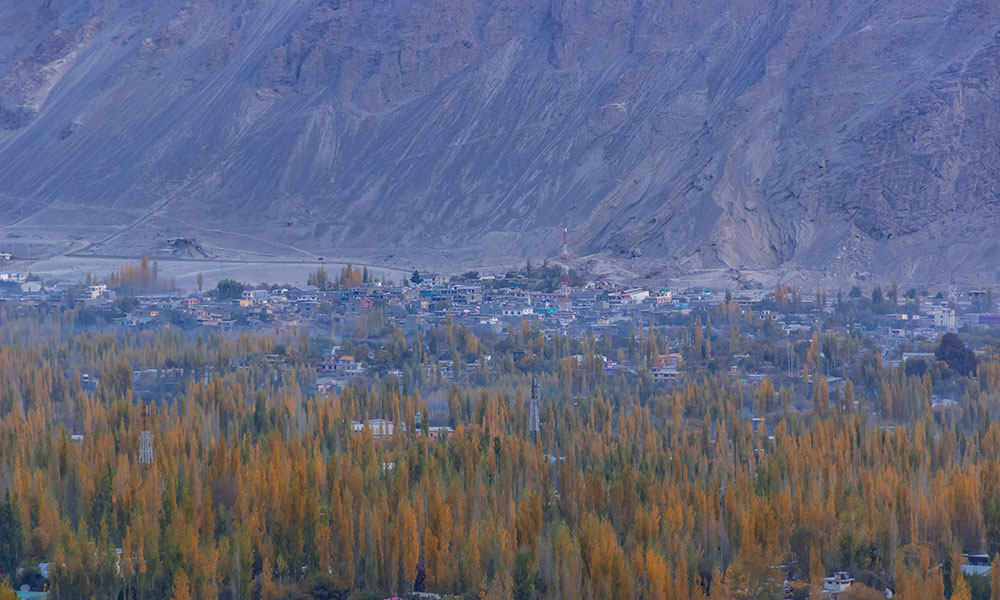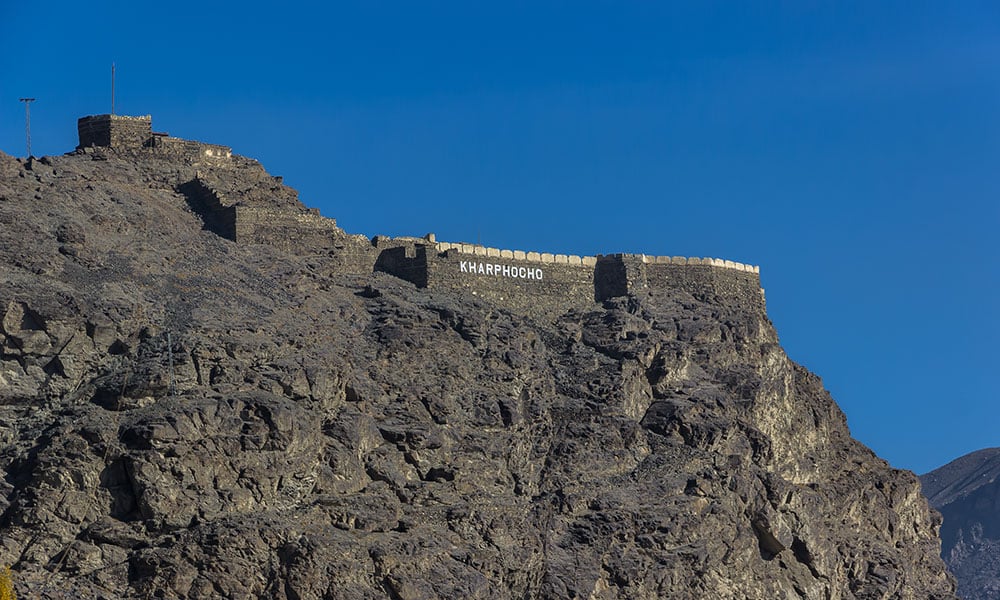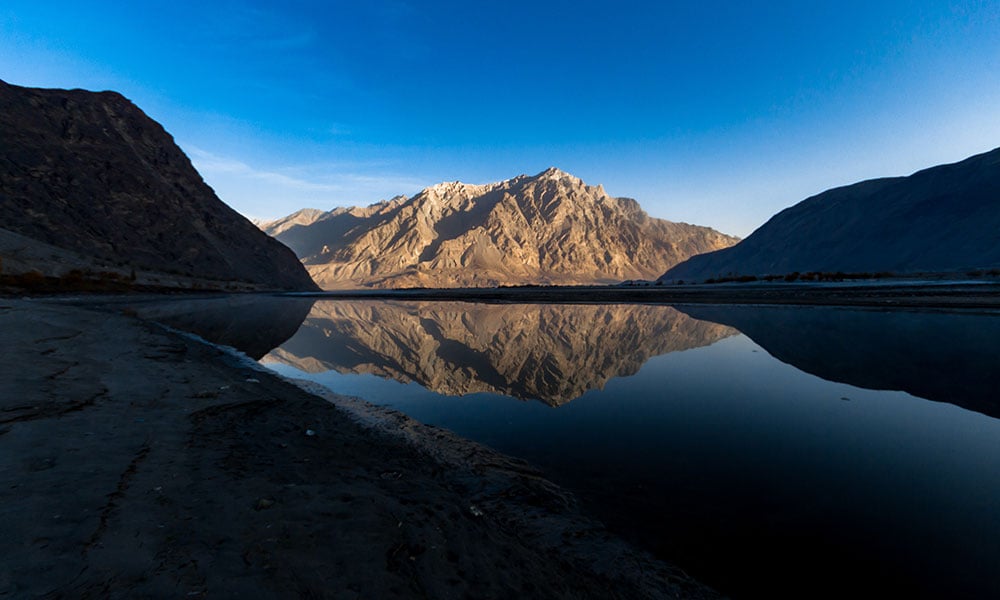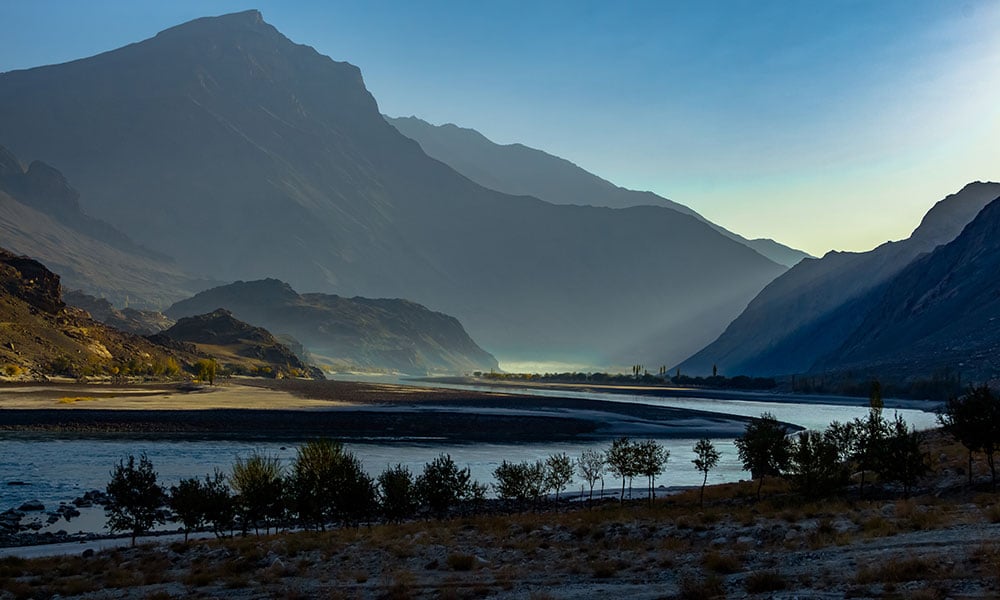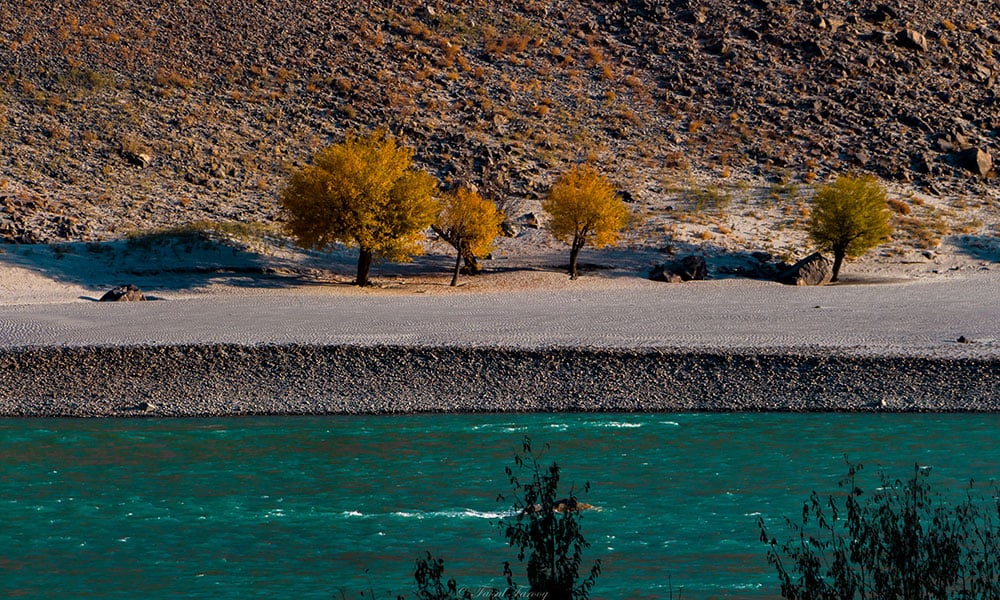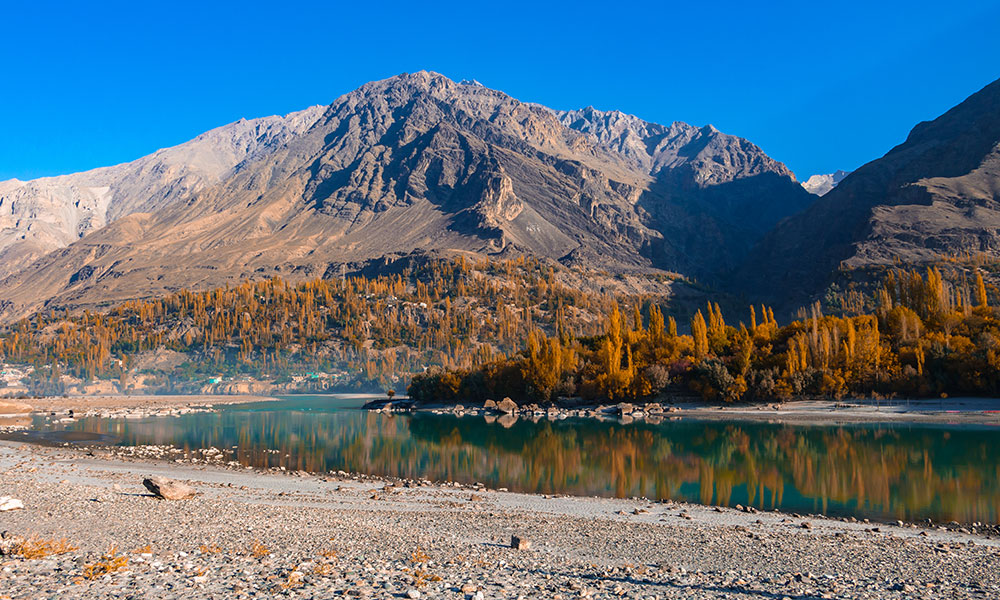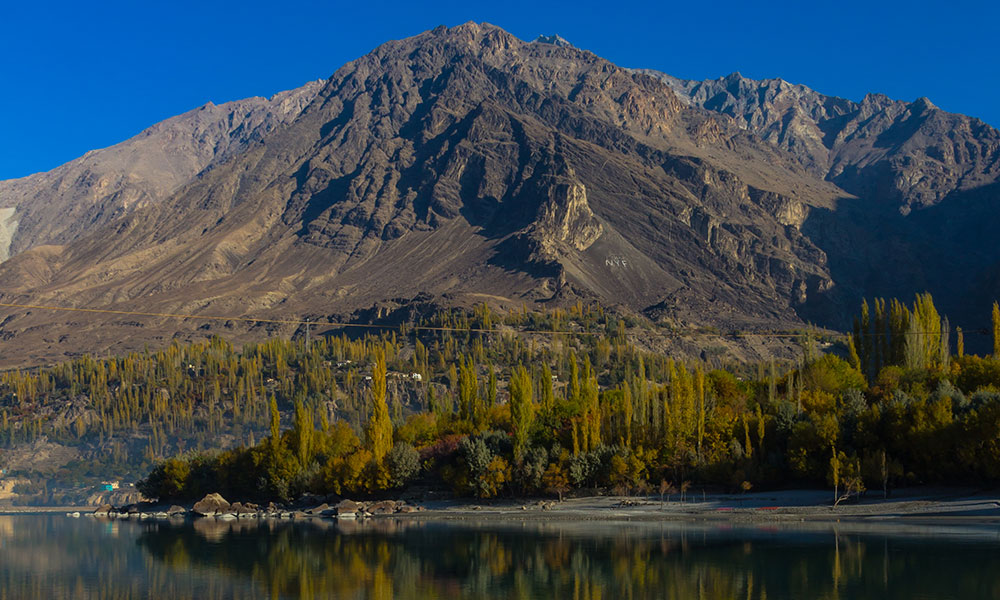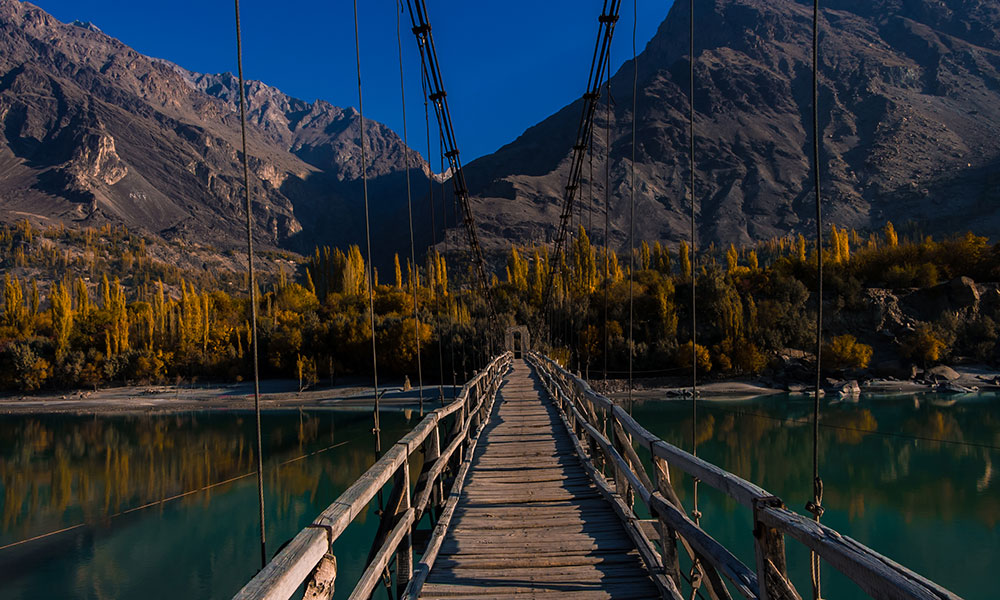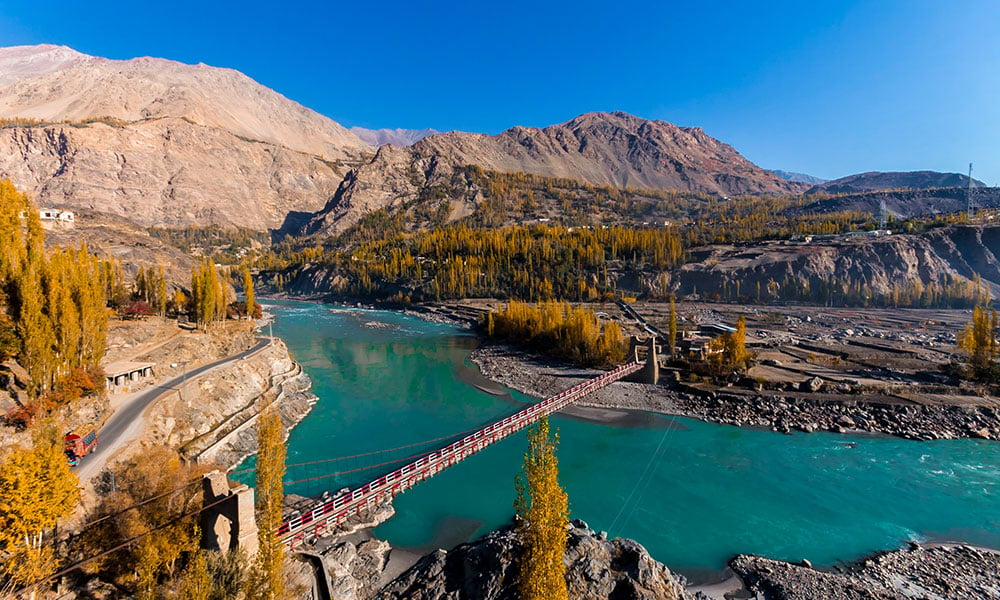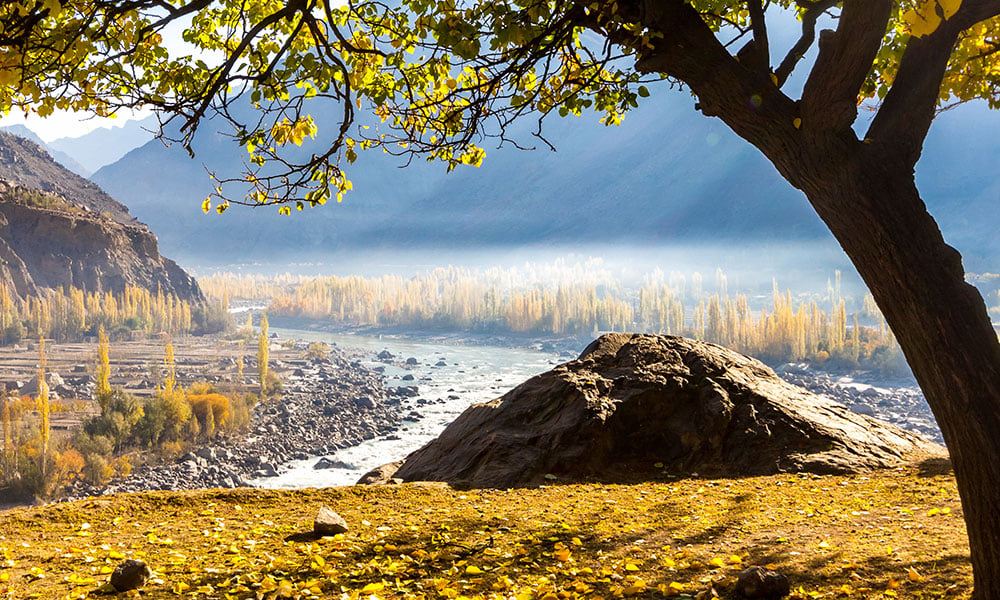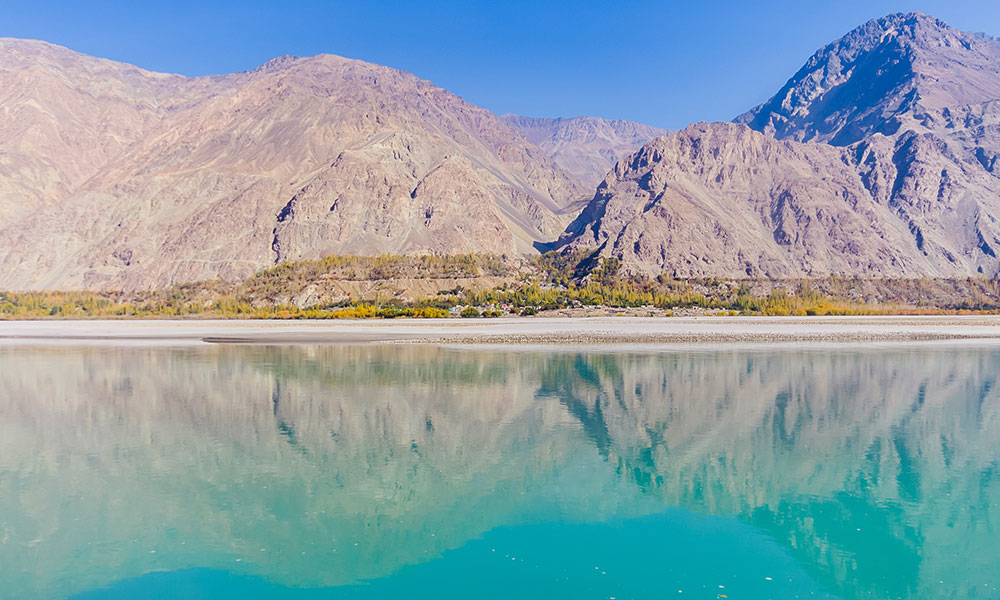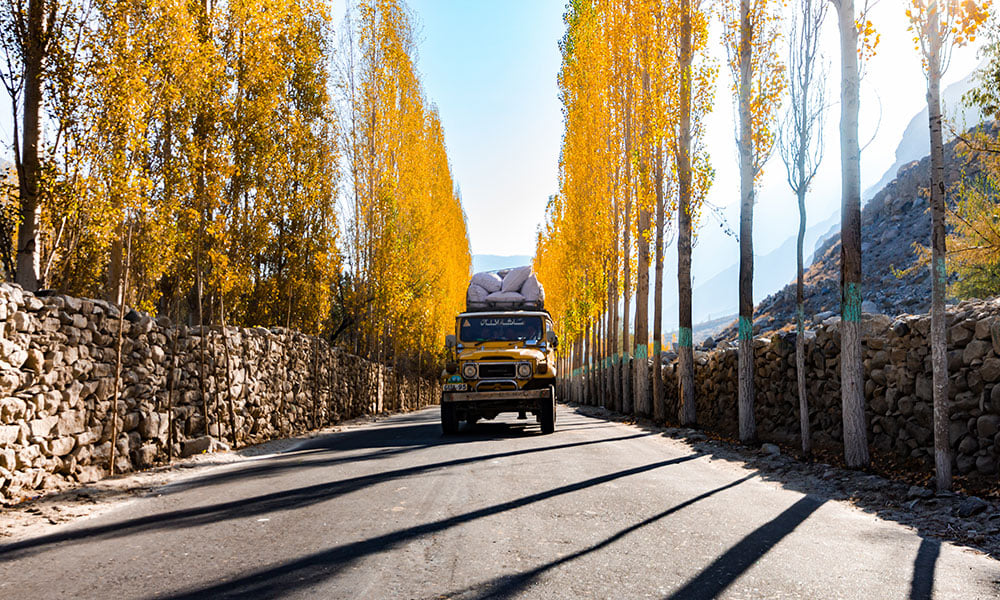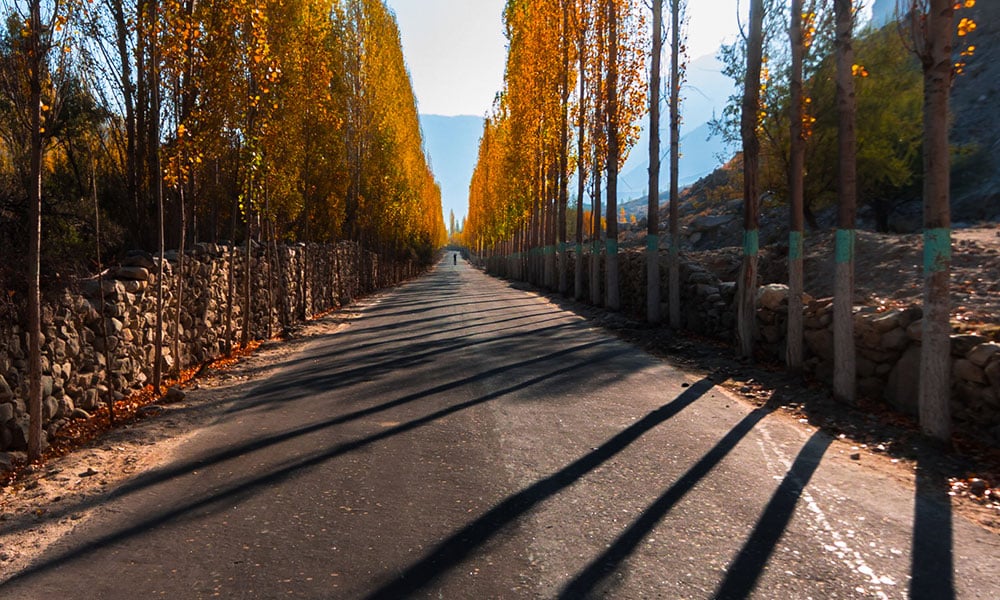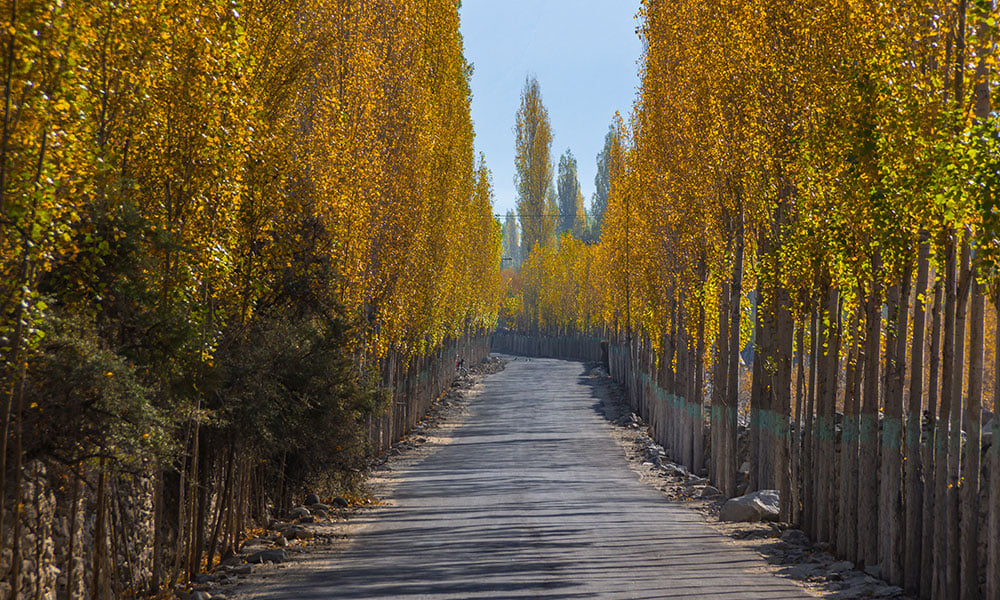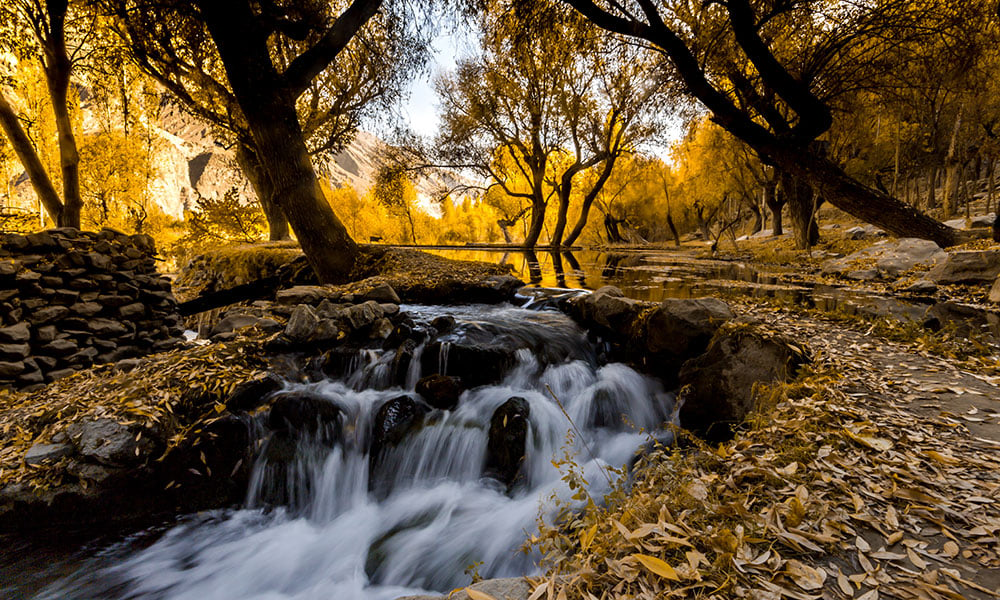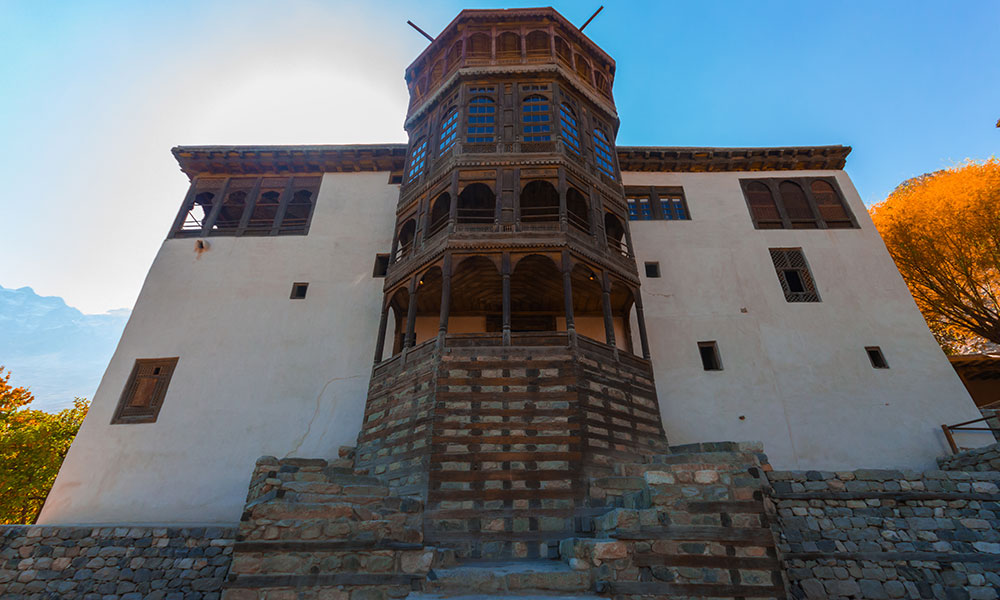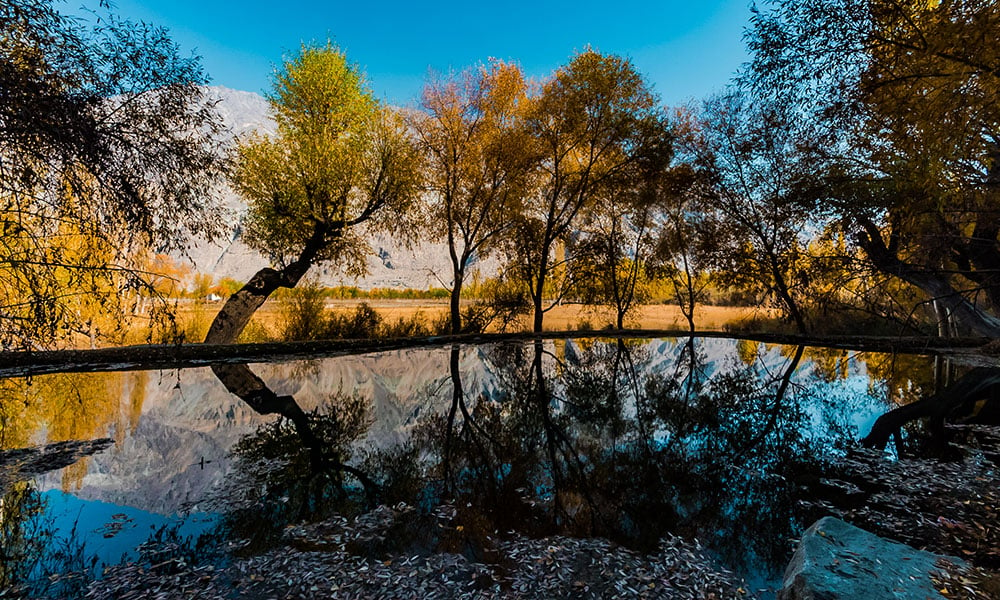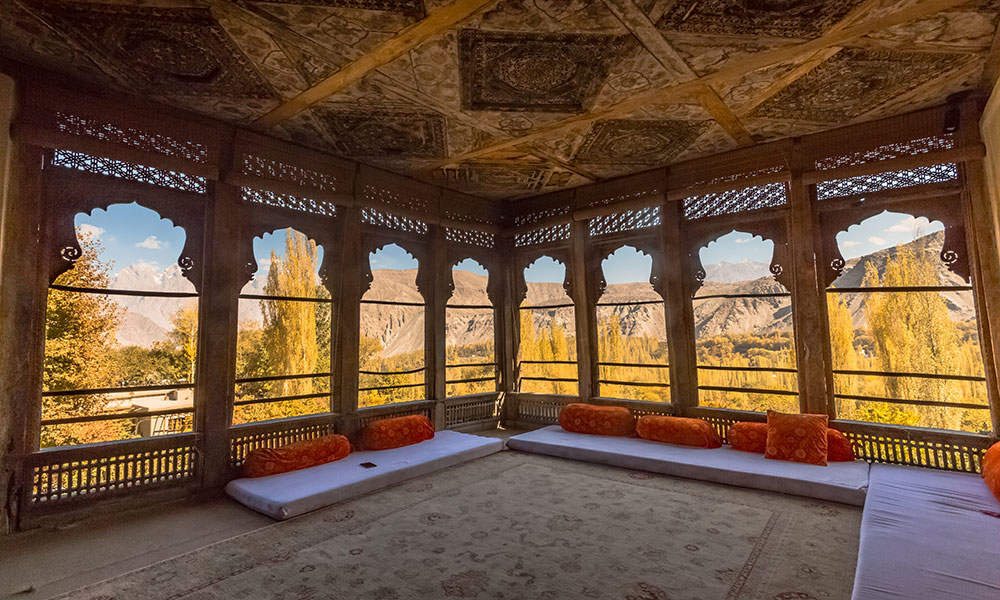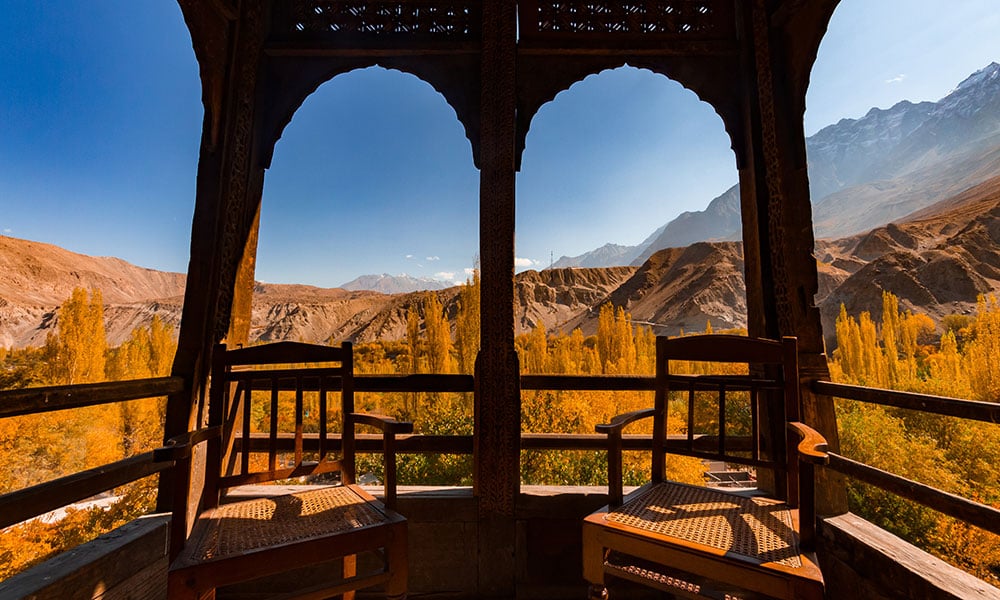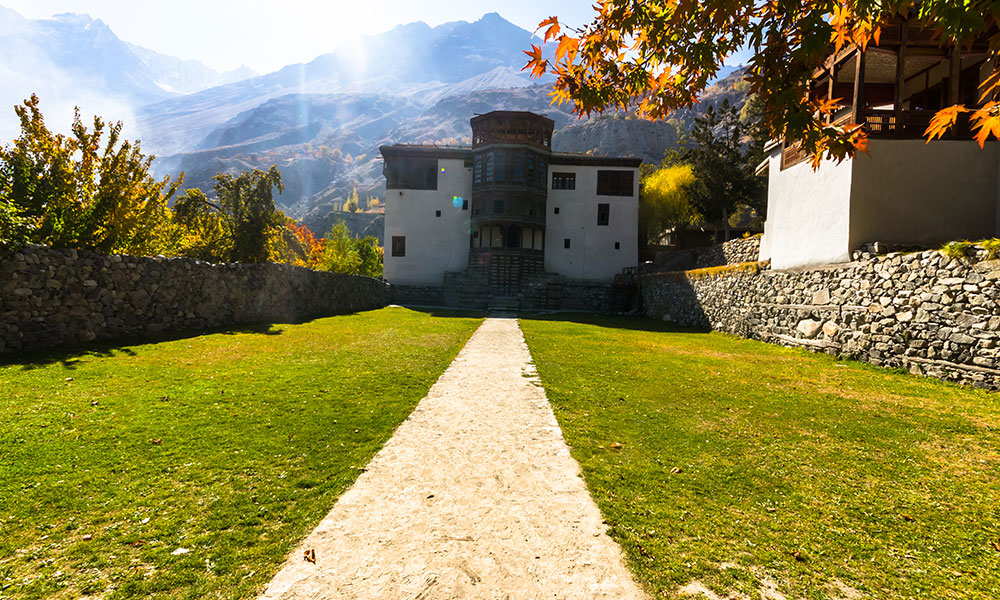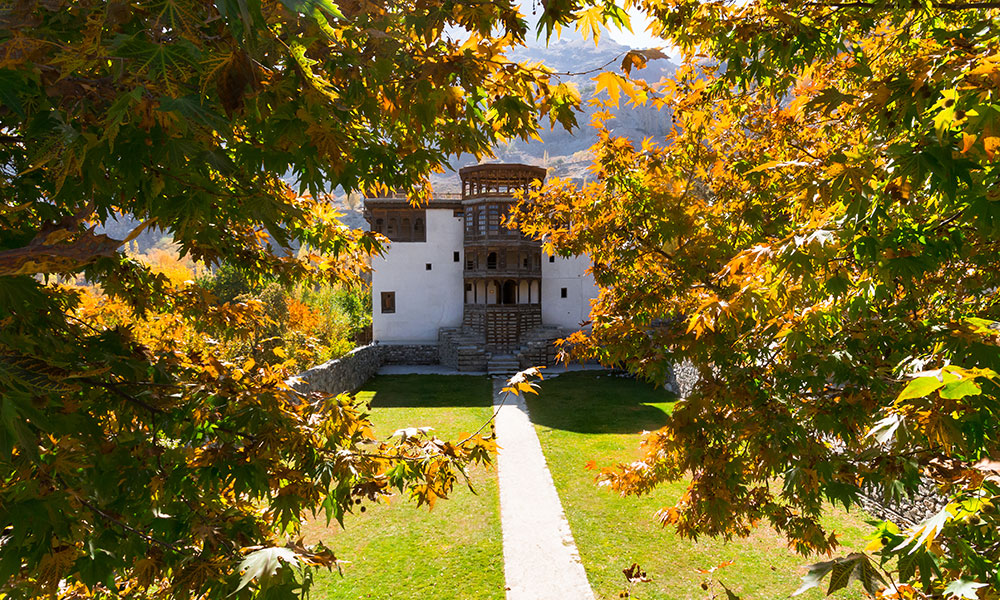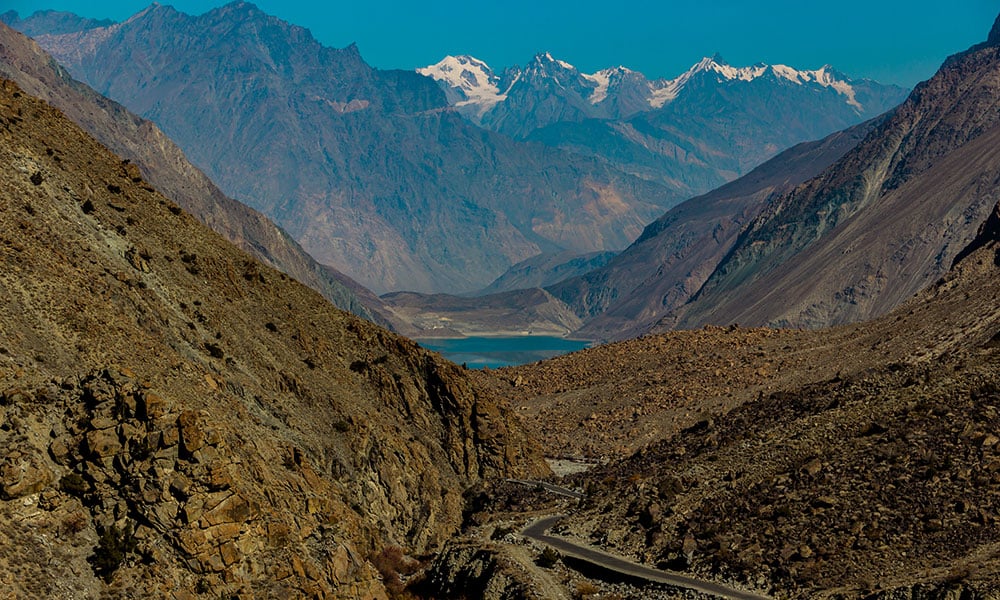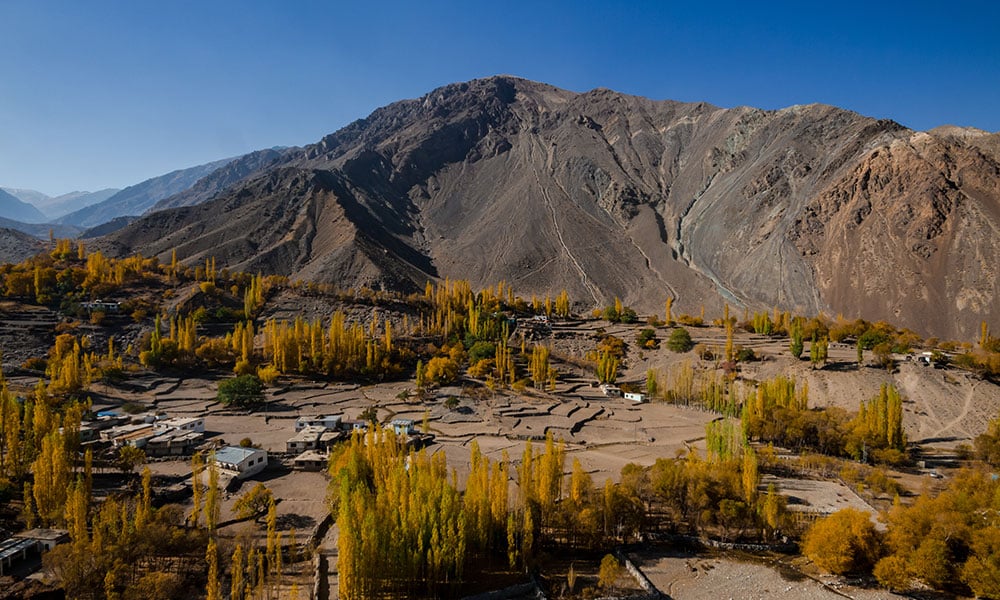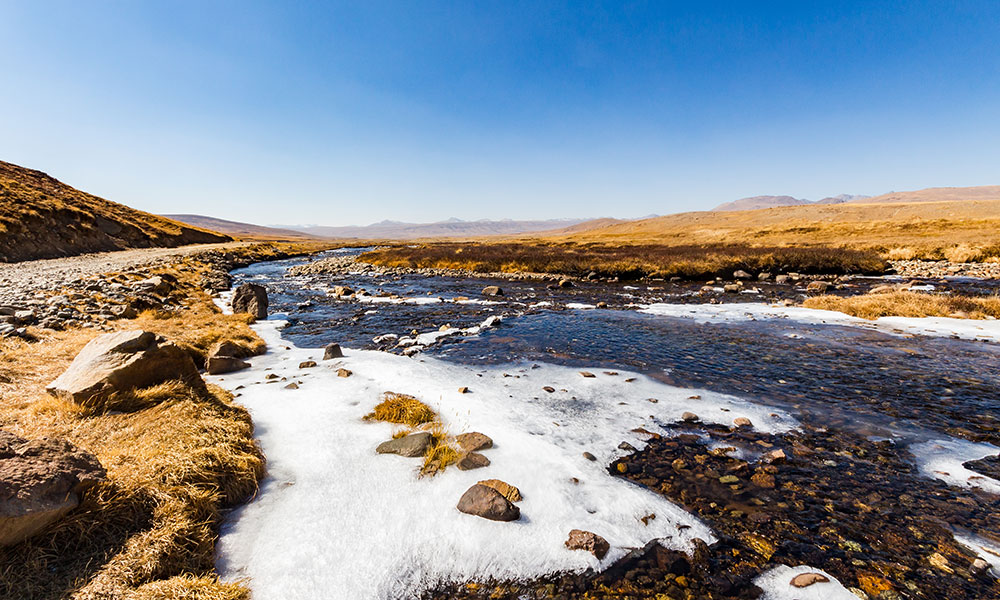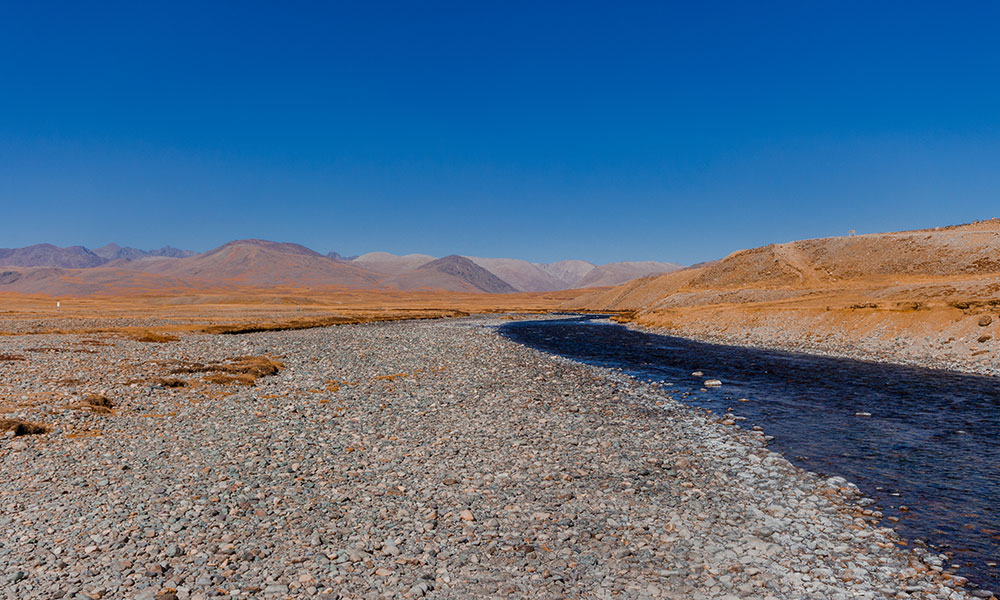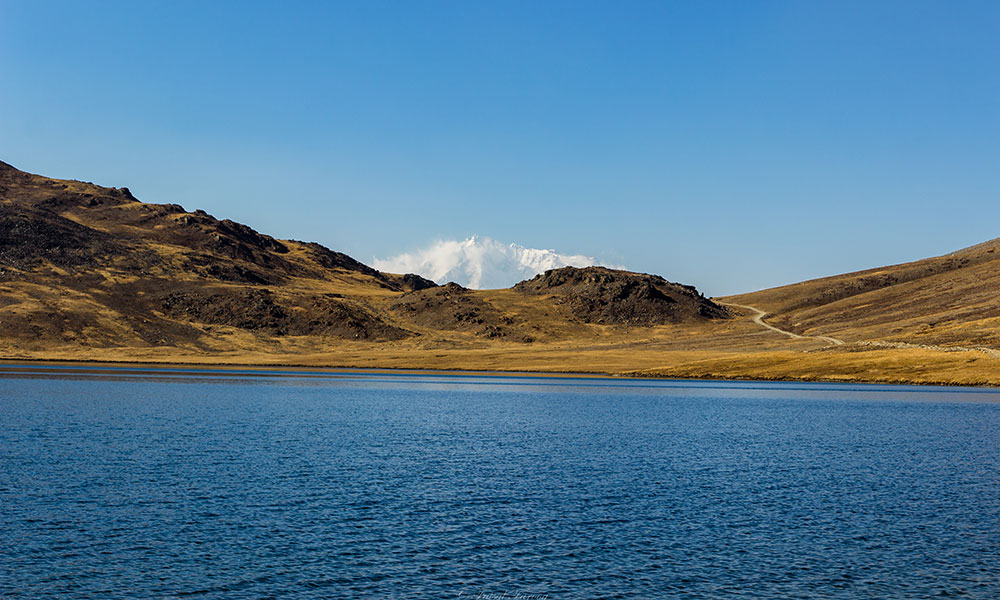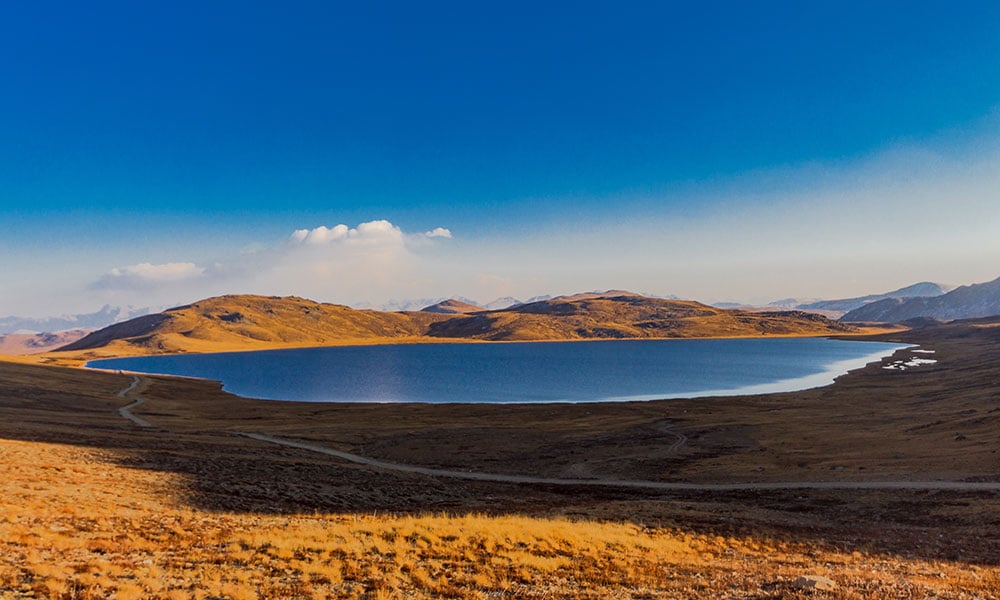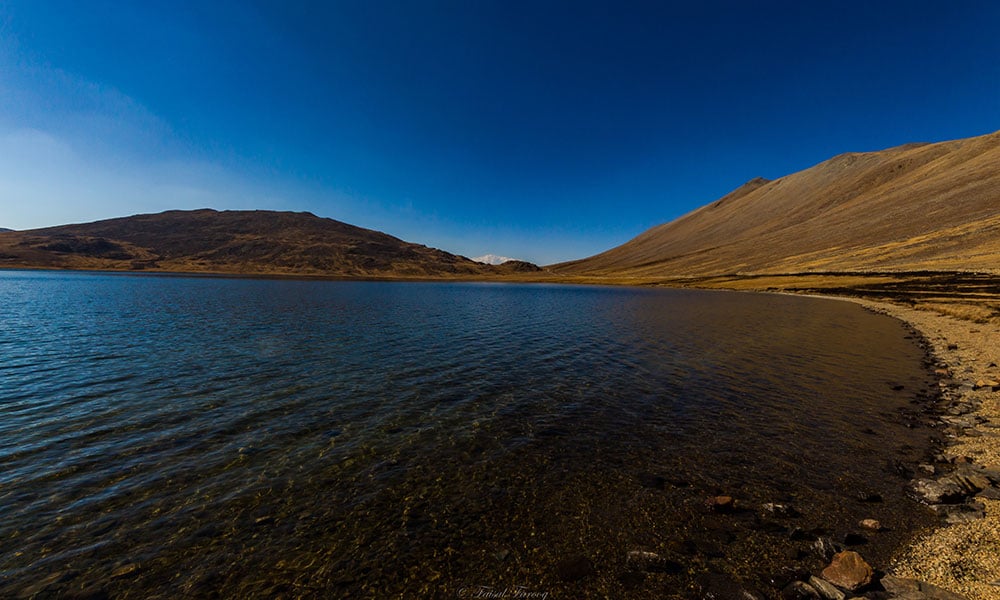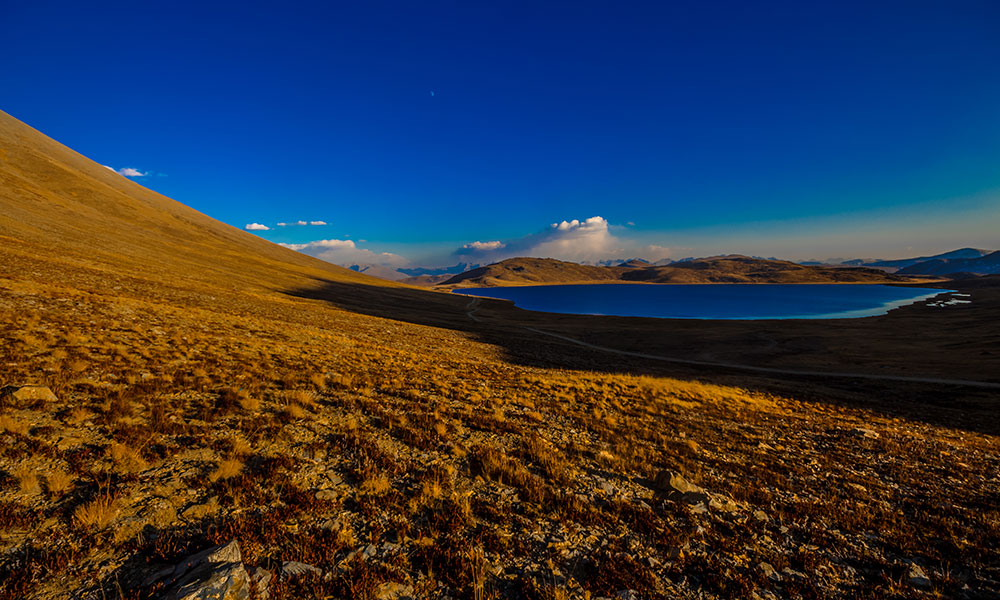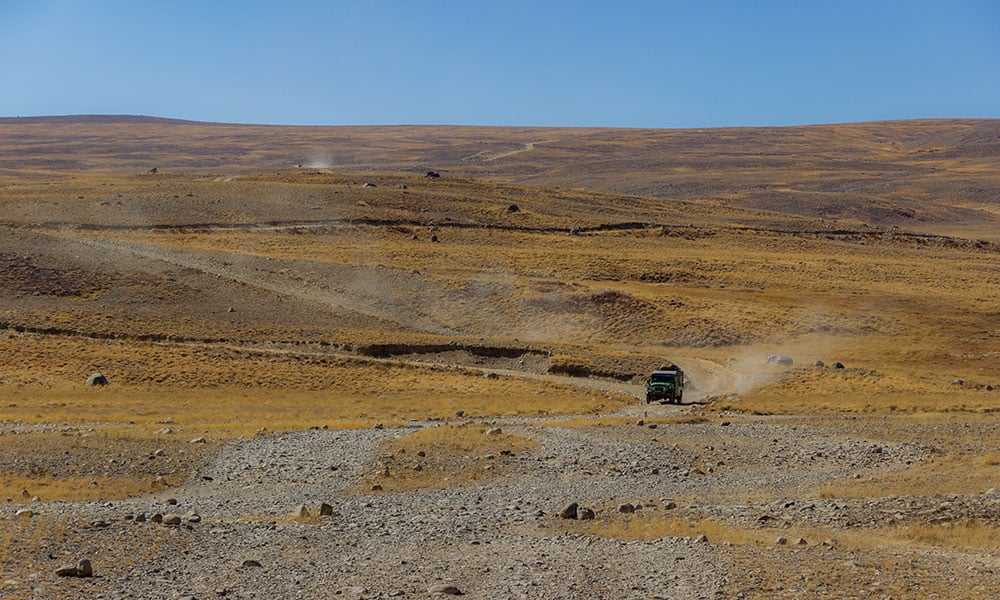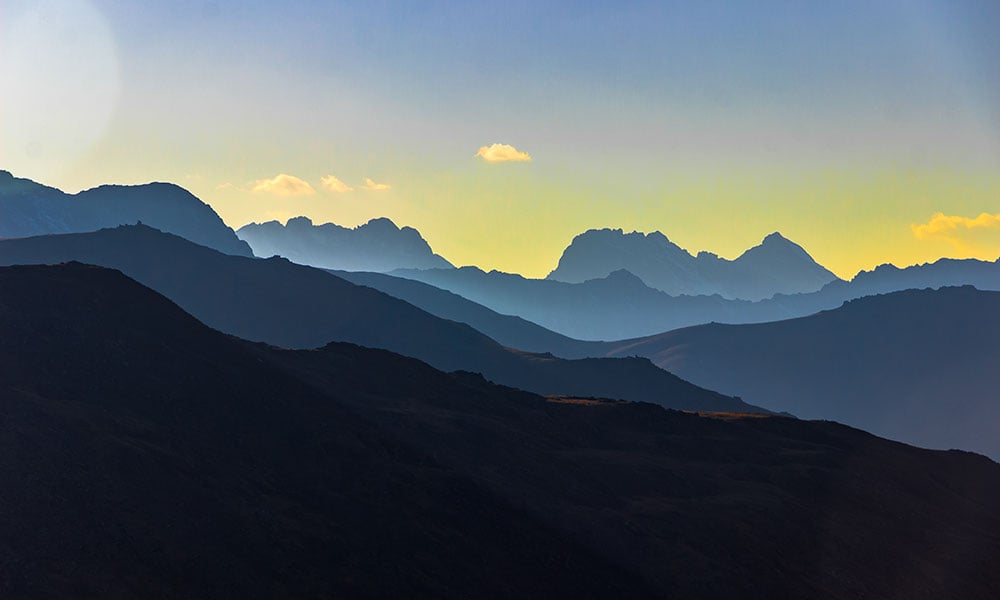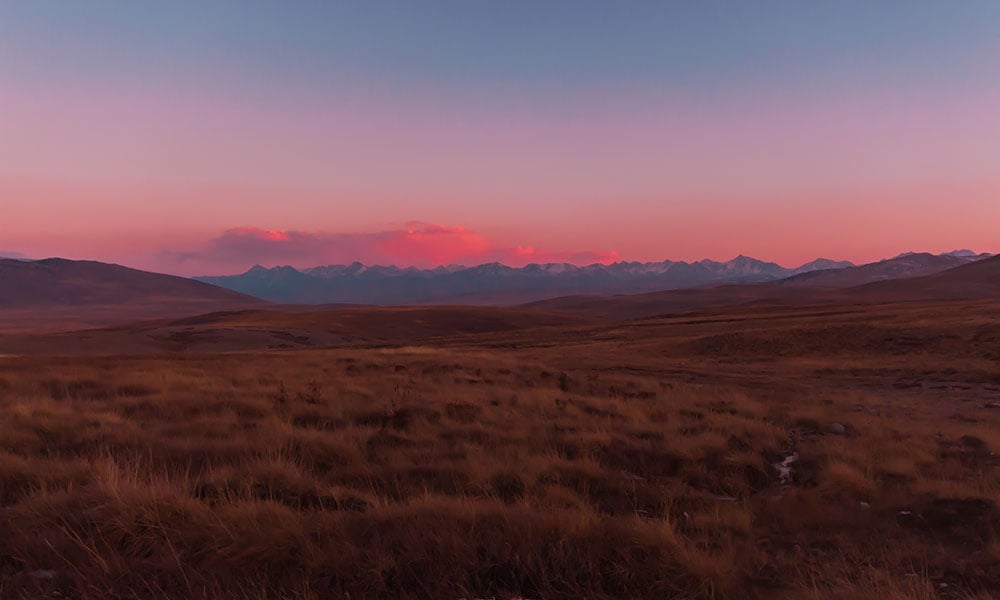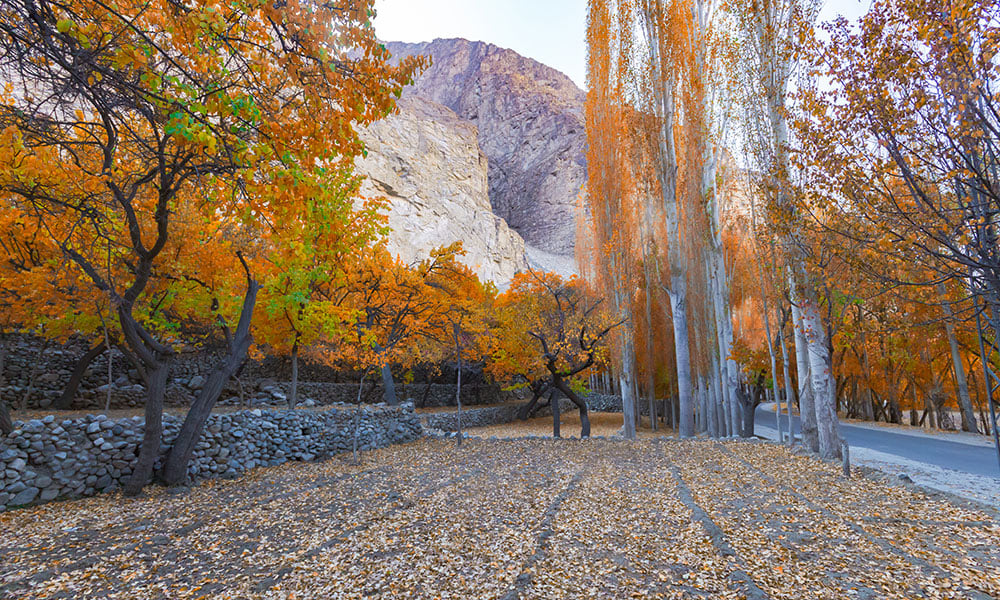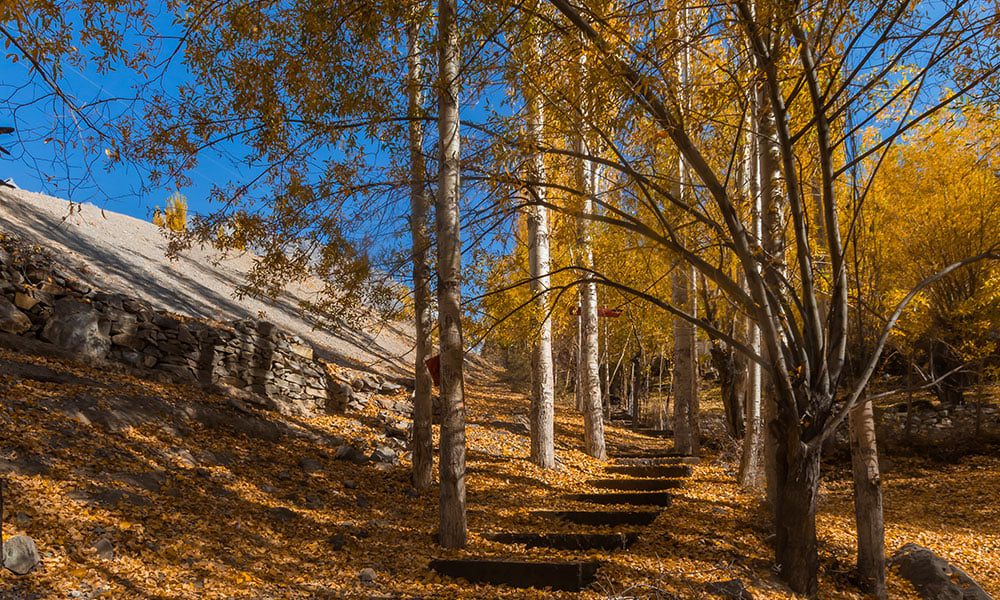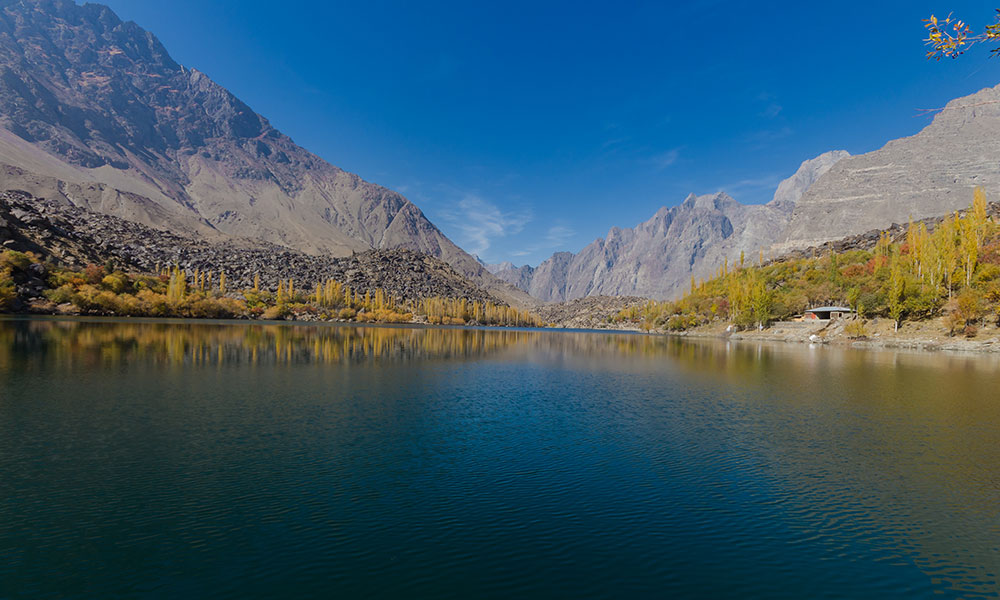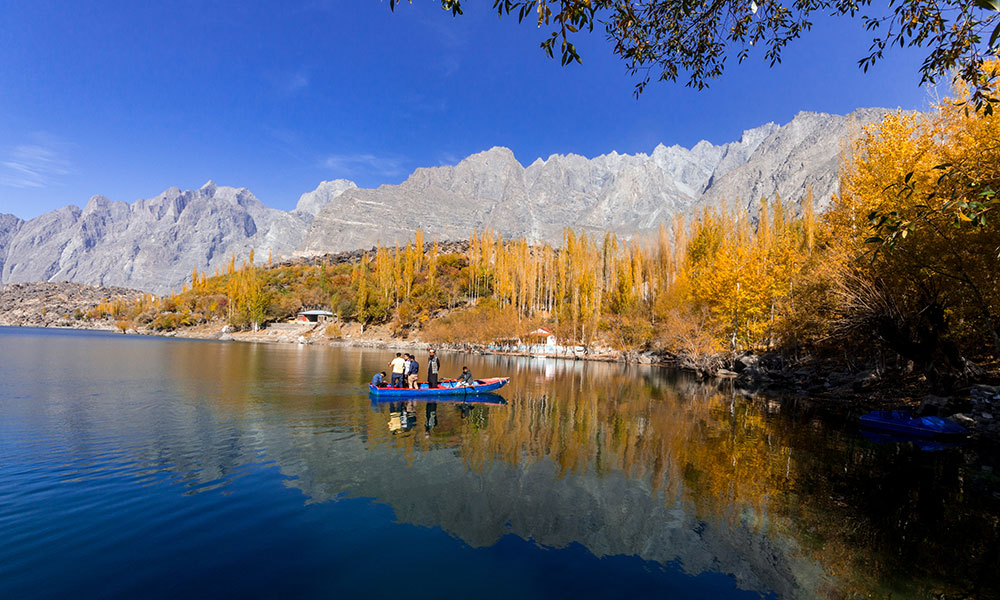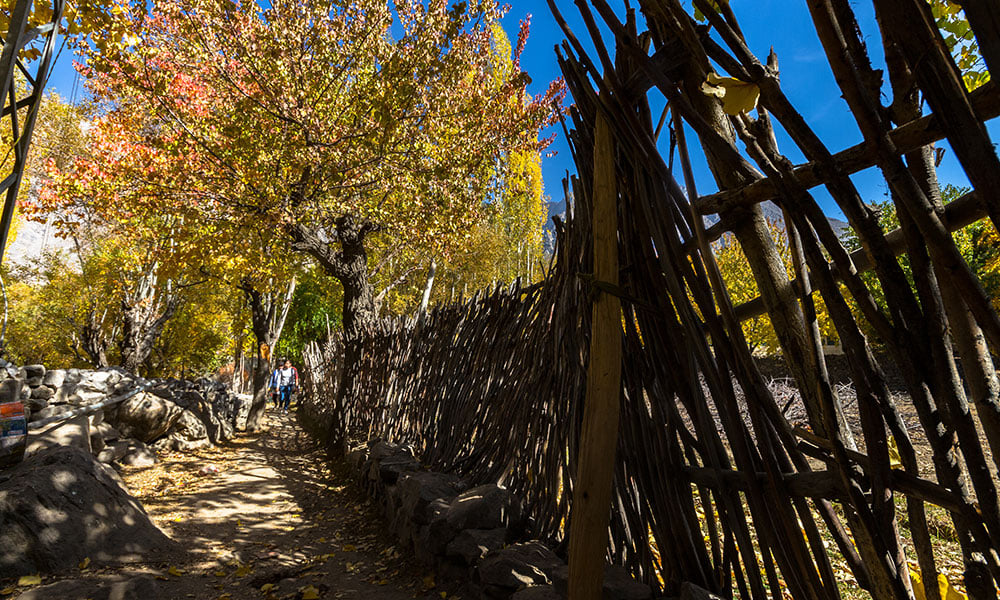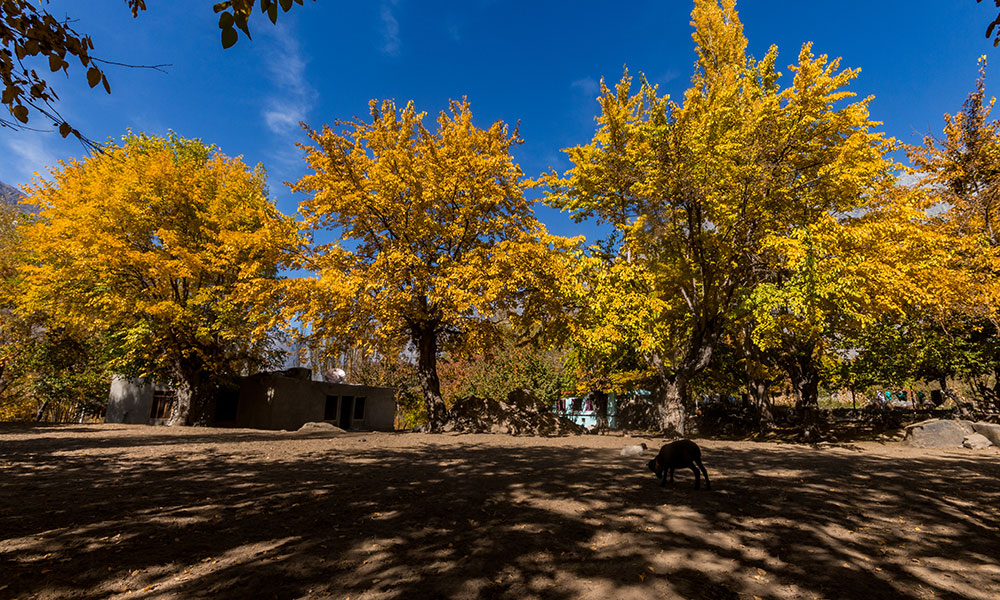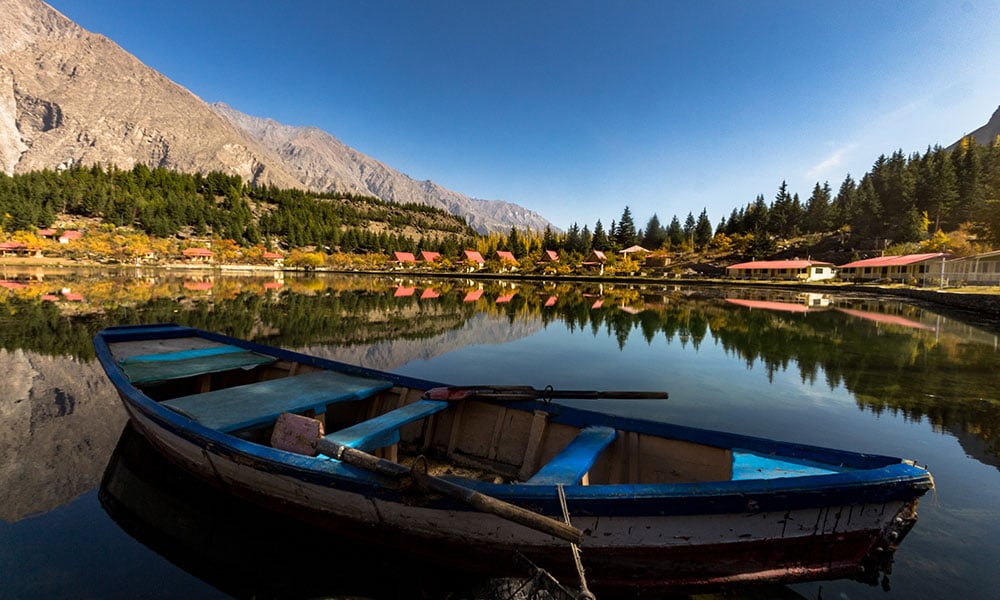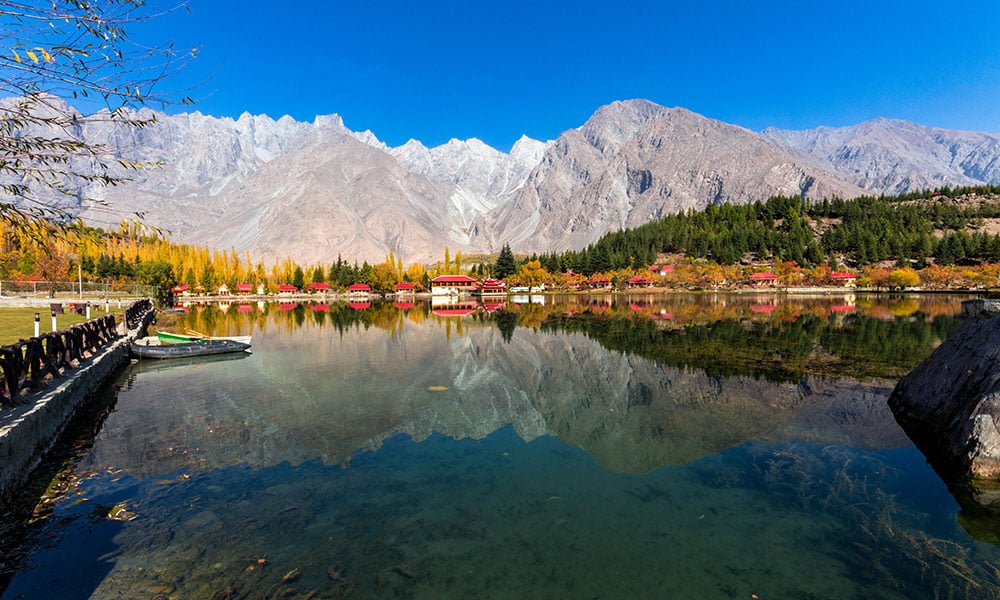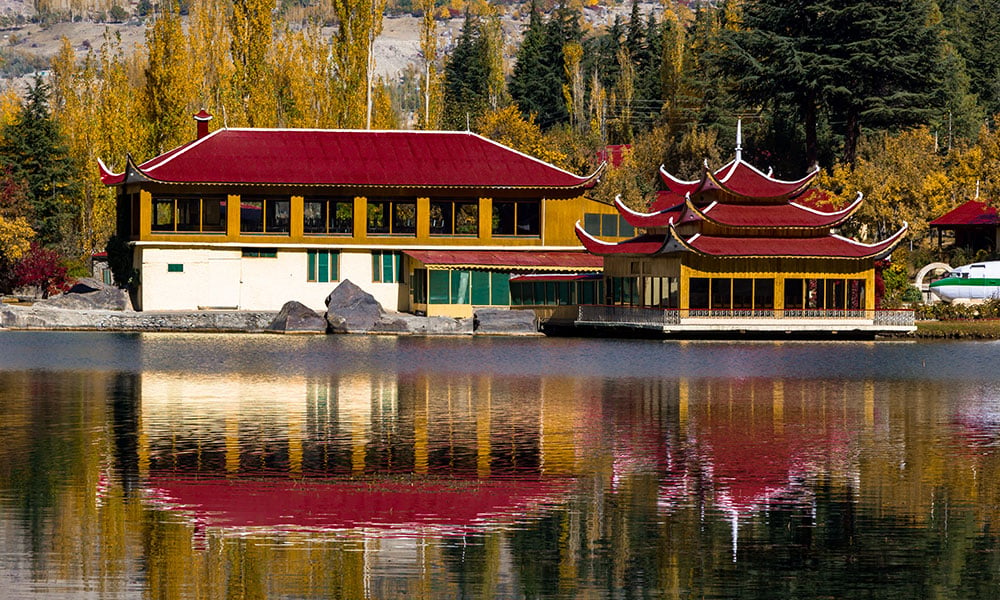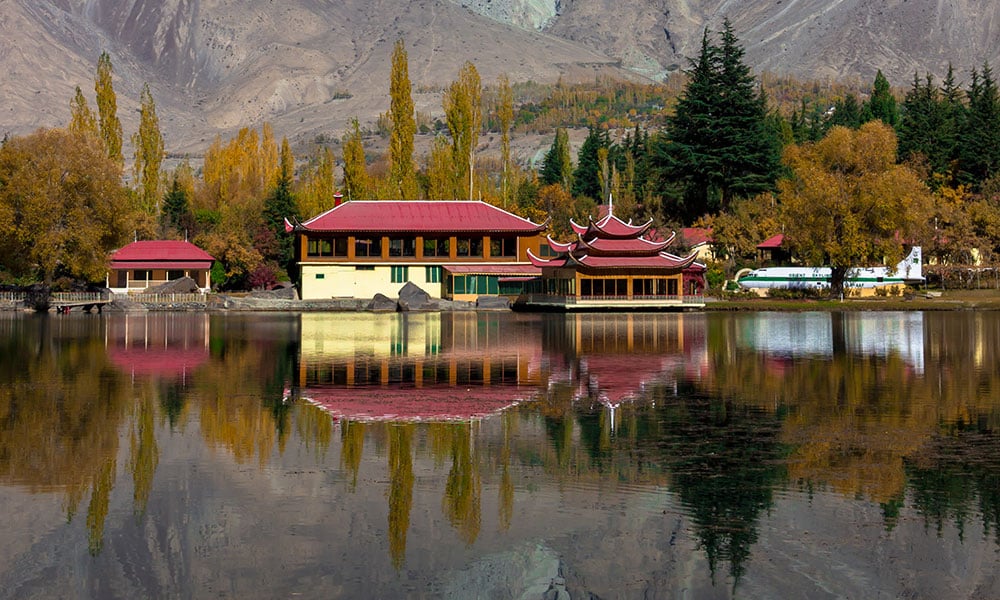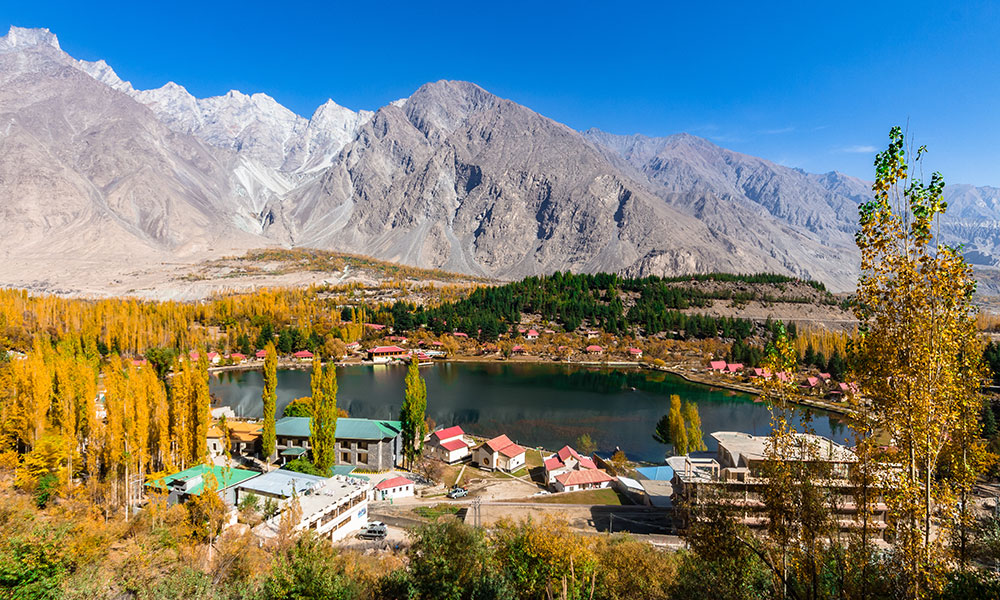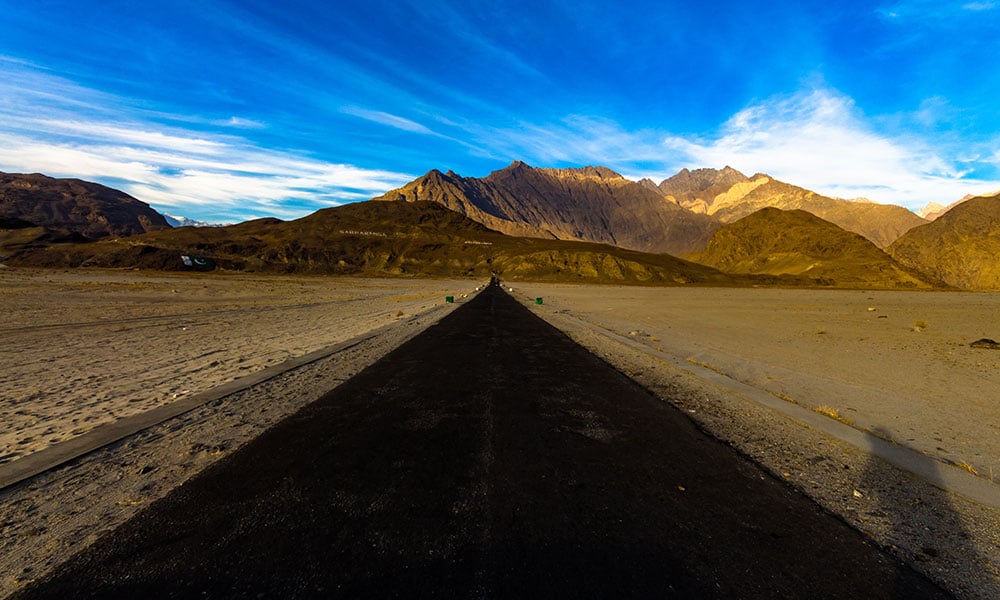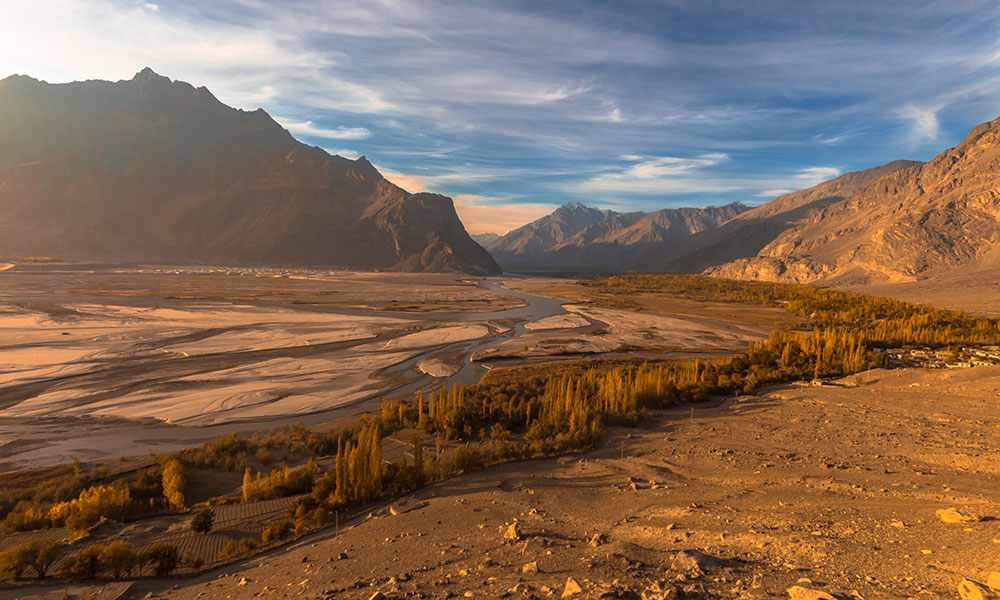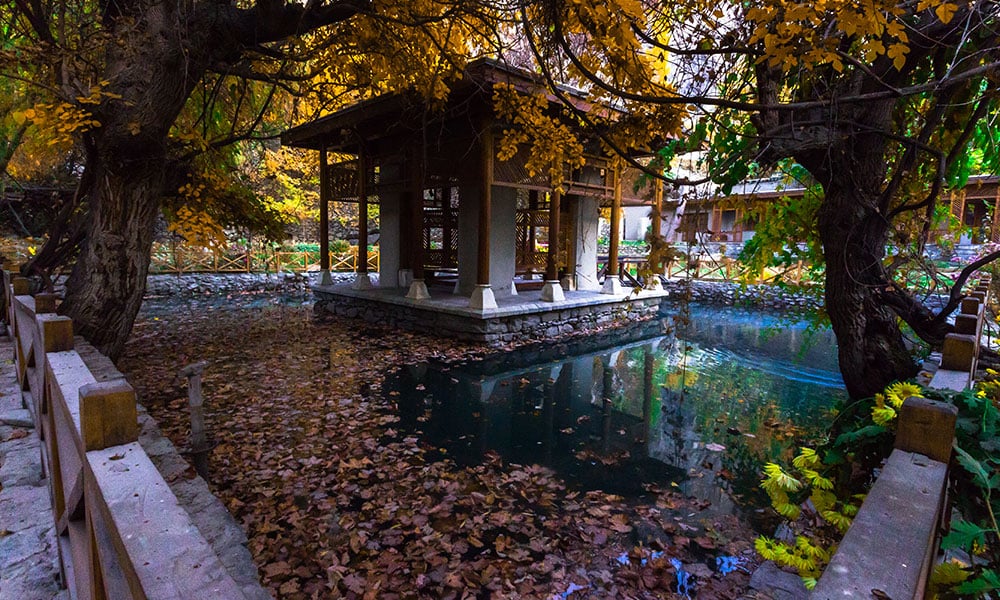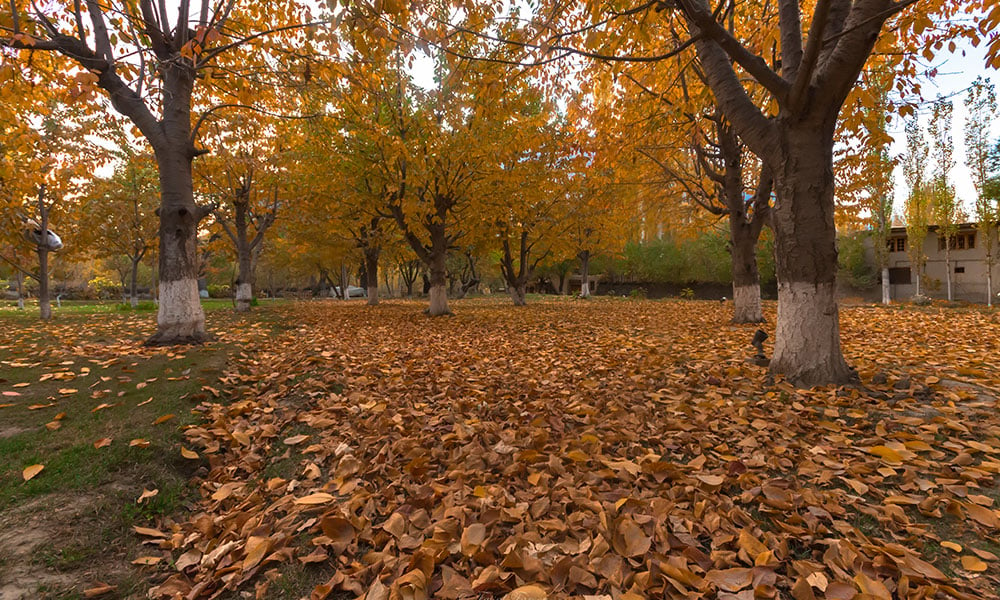French philosopher, Albert Camus, had a famous saying, “Autumn is a second spring when every leaf is a flower.” To truly understand, and feel the essence of the phrase, one should travel to northern Pakistan in the ending days of October. Once you arrive, you will encounter a landscape dripping with an array of colours - soft gold, vivid purples and fiery reds.
Baltistan is a mountainous region situated on the border between Pakistan and India. Some of its well-known valleys include, Skardu, Ghanche, Shigar and Kharmang. I recently travelled through the Karakoram Highway from Chilas and Dasu to reach Baltistan.
The journey is exhausting and hectic. From Islamabad to Skardu, it takes 21 hours to drive up and the single road from Jaglot to Skardu is narrow and bumpy. Despite the backbreaking travel, mid-way through the journey the scenery around you offers some respite. In time, the colours of autumn begin to bloom, providing a visually stunning backdrop to the the River Indus.
On reaching Skardu, the temperatures were minus 1 degree Celsius and the winds were frigid. My host, a friend, took us to a guest house near Alamdar Chowk to stay for the night. Accommodation is not a problem in October, as few travellers venture up to northern Pakistan.
The next morning, we woke up to the clear sound of the Azaan and began to head towards Khaplu, the main city of the Ghanche district.
Around us, the sunlight was peeking through the leaves of poplar trees, lined up on both sides. It was rejuvenating, to say the least. The aqua blue of the River Shyok was set against brown, towering mountains and glimmering sand. Once you reach Khaplu, the main attractions there are the Khaplu palace, the River Shyok, the Chaqchan mosque and the small settlements.
The next day we set out to see the treeless wilderness of the Deosai plains, south of Skardu. Situated at an altitude of over 4,000 meters, Deosai is known as the land of the giants. The best season to visit the meadows is the month of June and July, but the pre-winters season has it own delight.
In the midst of the Desoai National Park is the Sheosar lake. It is considered as one of the world’s highest and most beautiful reservoirs. Behind it are white, snow-capped peaks and within it is a deep blue expanse. For me, it was an experience of a lifetime. I would also highly recommend that you settle at this one spot and don’t leave till the sun sets.
The following day we headed for the Upper and Lower Kachura lakes. Both lakes are well-known for their unique heart-shape. On either side of the lakes are pine forests and bare mountains. The Lower lake was constructed with the waters from the Upper lake in order to built the Shangrila Resort Hotel in Skardu.
Our last stop was the Shigar Valley, which attracts many trekkers and climbers.
Unfortunately, pressed for time, I was not able to visit the Katpana Desert, also known as the cold desert and the Manthoka waterfall, amongst other places in Balistan. But in a way I am glad I did, as it leaves me with a desire to visit the northern mountains once again.
—Faisal Farooq is an Islamabad-based journalist and travel enthusiast. You can find more of his photography on his Instagram page.



